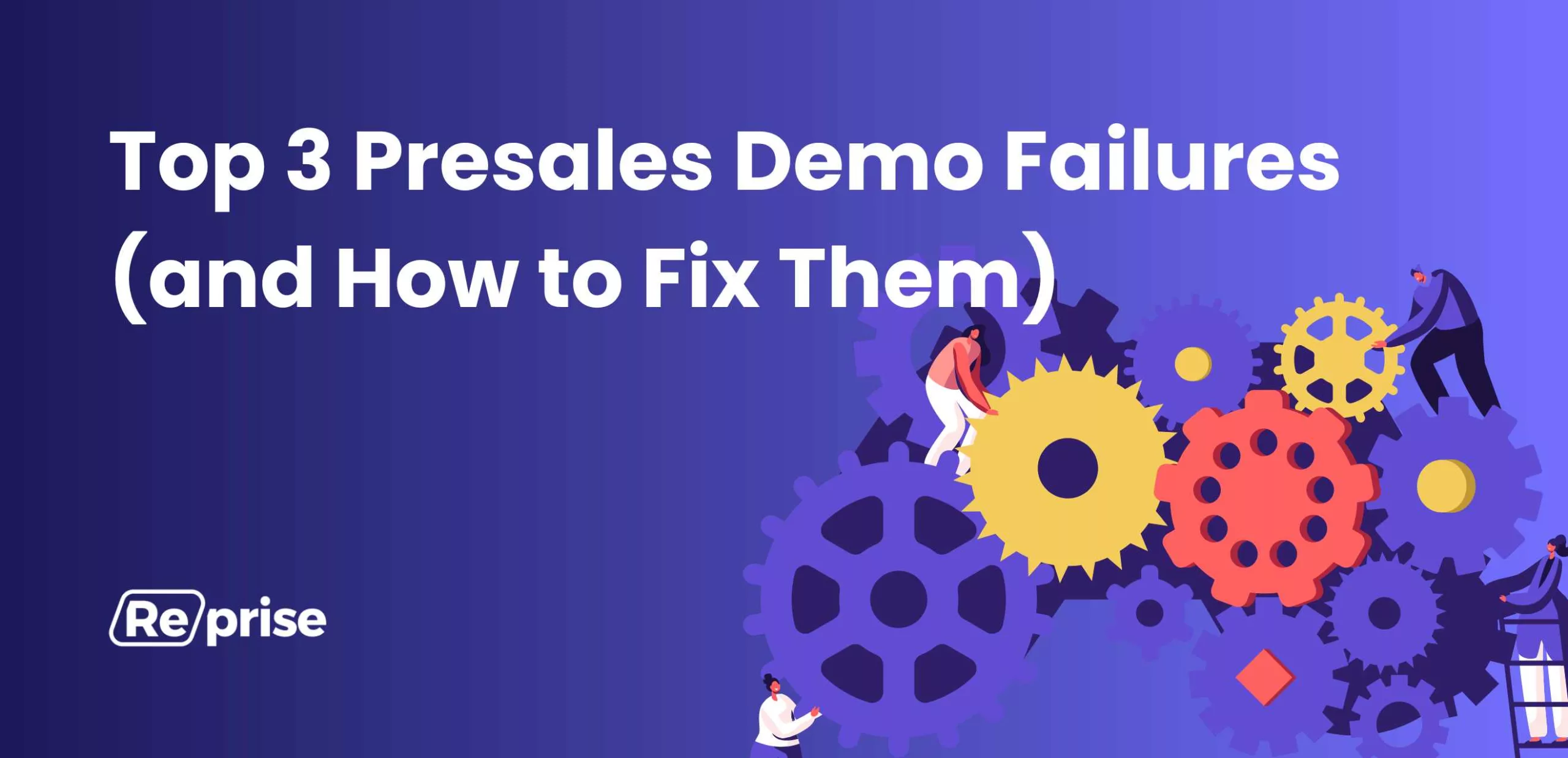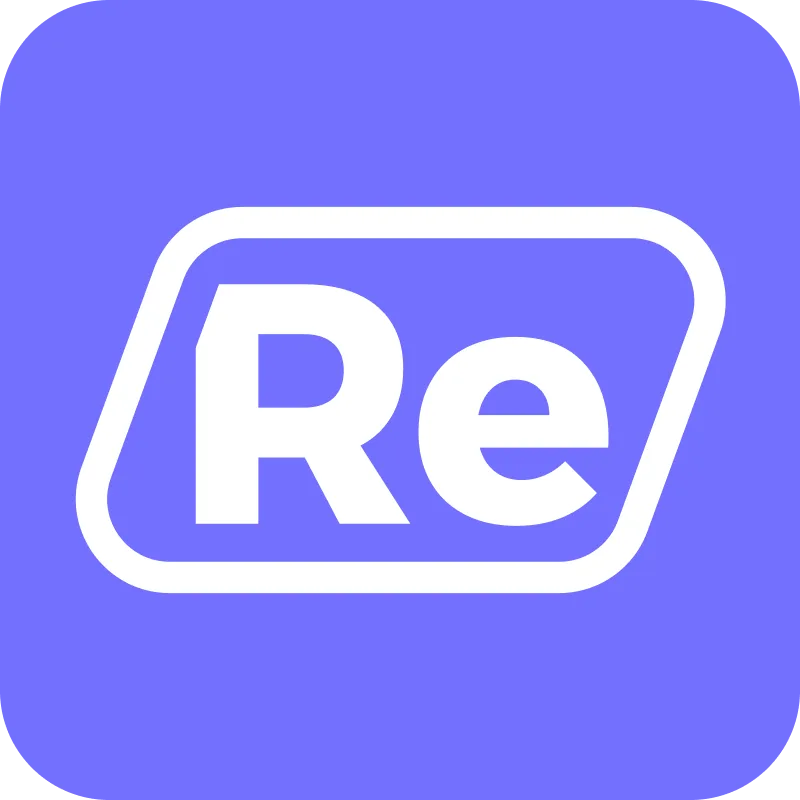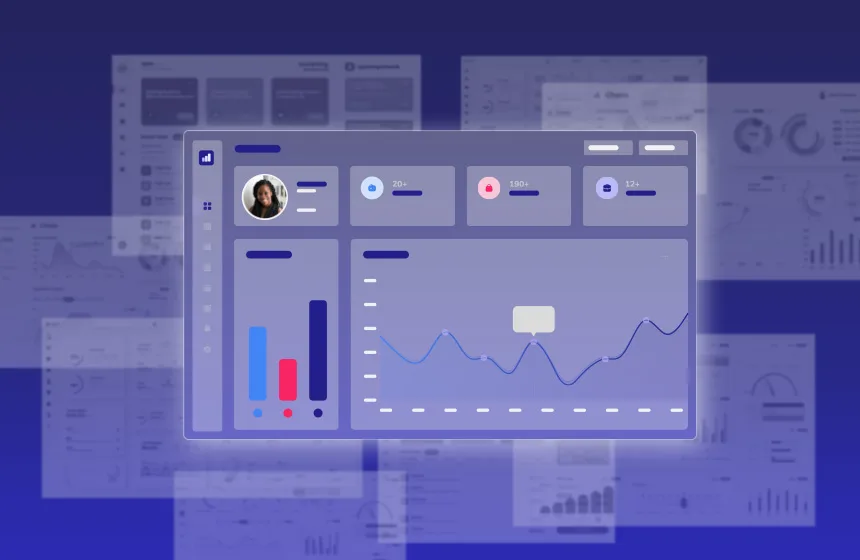Accelerate deals and increase win rates with the leading enterprise demo platform.
Top 3 Presales Demo Failures (and How to Fix Them)

April 3, 2025
Table of Contents
Any presales team member certainly has experienced their share of demo failures. Regardless of the amount of preparation that goes in, there’s often too much left to chance. More likely than not, homegrown demo environments are the culprit, and consume too much of solution engineers’ (SEs) valuable time.
According to the Reprise Presales Landscape Report, here’s where these teams spend the most time as caretakers of their demo environments:
- Prep work: 38% of SEs spend more than 5 hours per week preparing demos
- Maintenance: 71% spend more than an hour per week cleaning/maintaining their demo environment; 21% spend between 3-10 hours.
While we’re not here to make you relive your deepest, darkest demo traumas, we are here to offer solutions for some of the most common demo failures we’ve seen out there in the wild.
Technical issues
From crashes, to slowdowns, to application errors, technical issues often occur due to running a live demo on an application in production. Or, sometimes the cause is sales and presales sharing a homegrown demo production environment.
Whether the root cause is new code being released into production or Wi-Fi downtime, technical issues can damage your reputation, and even prevent a deal from closing. Some of the more infamous examples include Google’s generative AI chatbot giving a factual error in its first demo with press, and Steve Jobs facing a Wi-Fi connection demo issue during one of his signature iPhone events.
How to fix it
When you’re looking to run a presales demo, one of your first considerations should always be stability. Rather than running a demo from your own live application, consider a demo creation platform that allows you to clone your full application into a new environment. Cloning your application ensures that things happening in production (like shipping a brand-new feature or unexpected cloud infrastructure issues) don’t impact your live demo.
Best of all, a demo creation platform can help you establish some repeatability to your demos. A one-time application clone can double as a demo template that can easily be edited and customized to specific personas, verticals, or prospects.
Data privacy and/or anonymization issues
Nothing is worse than accidentally revealing what should be private data in a live demo setting. Data anonymization details can potentially fall through the cracks during the demo prep process, even for the SEs who pay meticulous attention to detail. Or, in some cases, an unexpected detour in a demo could accidentally reveal another customer’s PII.
If anonymization is not done properly, you run the risk of exposing potentially sensitive data or PII from your customers.
How to fix it
While anonymizing private data can be cumbersome when you’re using your own live application to demo, you should be able to do it easily within a demo creation platform. Whether you’re using a pseudonym for an actual dataset, redacting information, or using more complex data anonymization techniques, a demo creation platform allows you to quickly find and replace sensitive data or unique identifiers.
Team preparation issues
Even the most knowledgeable presales team can run into difficulties during a live demo. It often happens when demos go off-script, new features debut, or a prospect wants to explore a part of the application that’s not part of the plan.
How to fix it
Here’s where an effective coaching and training process is key. Equip your team to deliver focused, effective presales demos, while reacting with empathy and understanding to customers’ questions or objections. Keeping cool under pressure isn’t always easy, so role-playing exercises based on real-world scenarios can help junior presales team members get comfortable with tough situations.
Above all else, encourage a culture of open communication when a demo goes wrong, and offer plenty of opportunities to debrief and address issues for the future.
Overcome demo failures once and for all
Now that we’ve trauma-bonded a little, for more tips and tricks on how to avoid the three most common types of demo failures, check out our latest eBook. In it, we provide practical advice for presales teams to select the right technology, as well as coach and train teams to maximize success.
Get the eBook: The Presales Team’s Definitive Guide to Overcoming Demo Failures






